Research project:
Future First Responder Collaboration
TIME: 2019, 10 weeks
PROJECT GOAL: Identify oportunities that could beneit all first responder groups, develop a concept and validate it.
Introduction
When first responders arrive at an incident scene, they may have little or no awareness of the hazardous agents or contaminants that may be present. This lack of awareness places responders at increased risk of exposure to a range of threats, including unknown toxins, biological agents or contaminants. Even minimum exposure to many of these agents can cause significant health concerns. Responders need the ability to detect hazardous agents and understand relevant information regarding protective actions or treatments.
The S1-N Sensor System is a connected network of wearable chemical sensors. This concept has been developed specifically to meet the demanding requirements of first responders. Designed for permanent wear by the user, it issues warnings for airborne toxins and contaminants.
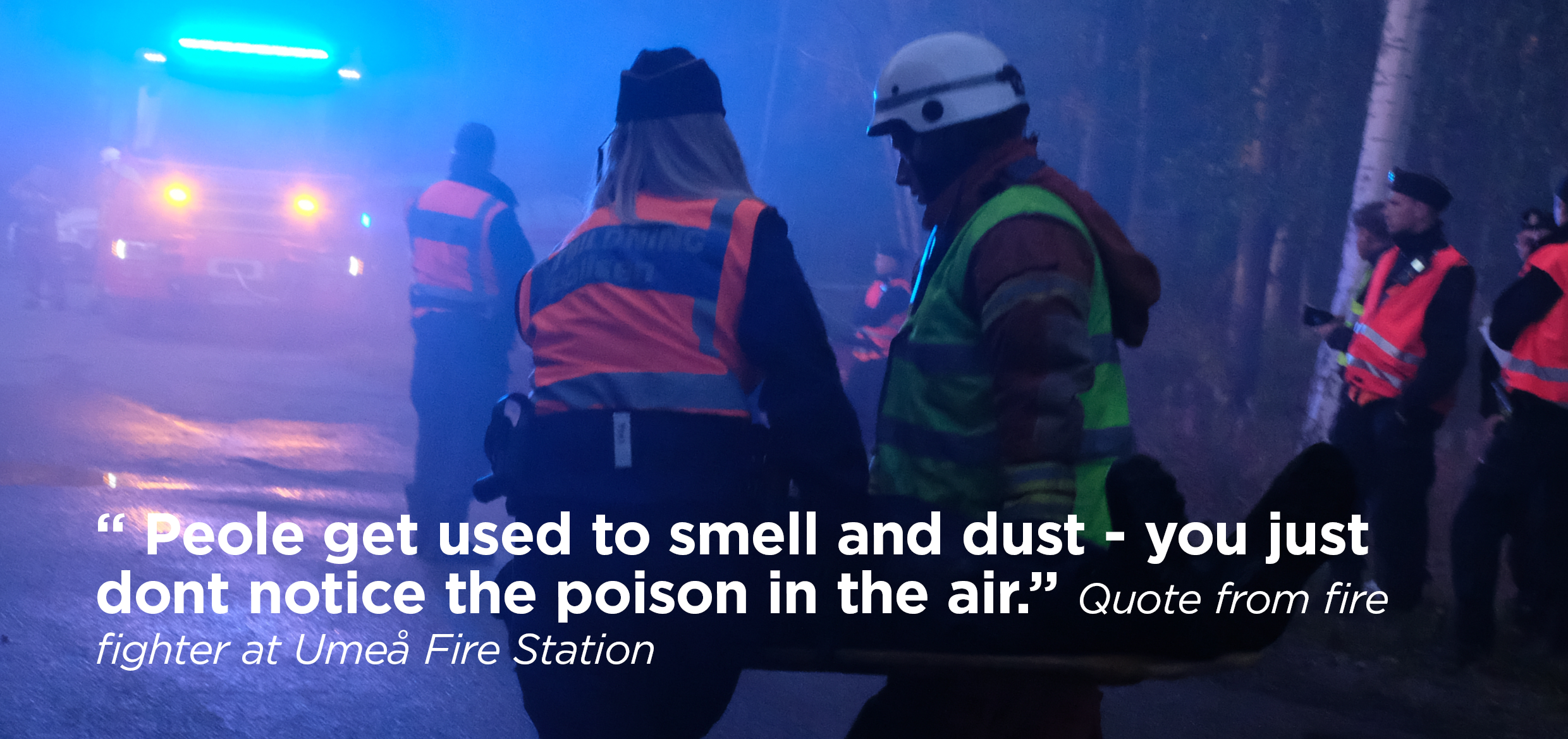
Current solutions available for first responders are handheld devices that must be manually switched on by a team member for taking readings - that significantly increases the likelihood of human error which is often the cause of serious health concerns or even death. That is the reason why the S1-N Sensor System is designed as a wearable device that always accompanies the user, is autonomous and takes readings continuously.
Low-level quantities of contaminants in the environment can go unnoticed. Still, these airborne contaminants can cause health concerns and shorten life expectancy in the long run. Not much contamination data that can be paired with personal medical data is available because such devices are currently not used. Personal wearable sensors would make constant monitoring available and would provide a basis for future procedures and development of safety equipment.
Problem was determined on the basis of on-site observations of rescue missions - it was established that protective breathing apparatus was only used in case of immediate danger created by open flames.
The staff at Fire Station allowed a close look at their daily occupational life. Through various interviews the essence of the problem was outlined by firefighters themselves.
“Rescuers get used to the on-site smell of smoke and dust! When you extinguish in open air, not wearing a mask, and then enter a building, your sense of smell will no longer detect poisonous gases in the air.”
During the research main problem areas were outlined as:
- Handheld gas detectors need an operator - that creates a huge potential for human error.
- Exposure to chemicals is not recorded - hard to gather data for medical research. Cancer probability has increased with new materials in cars and houses.
- No real time measurement - situations can change quickly and taking a reading manually can become a life or death situation.
- Information is not shared - police, paramedics and firefighters don't share the same equipment but
they should.
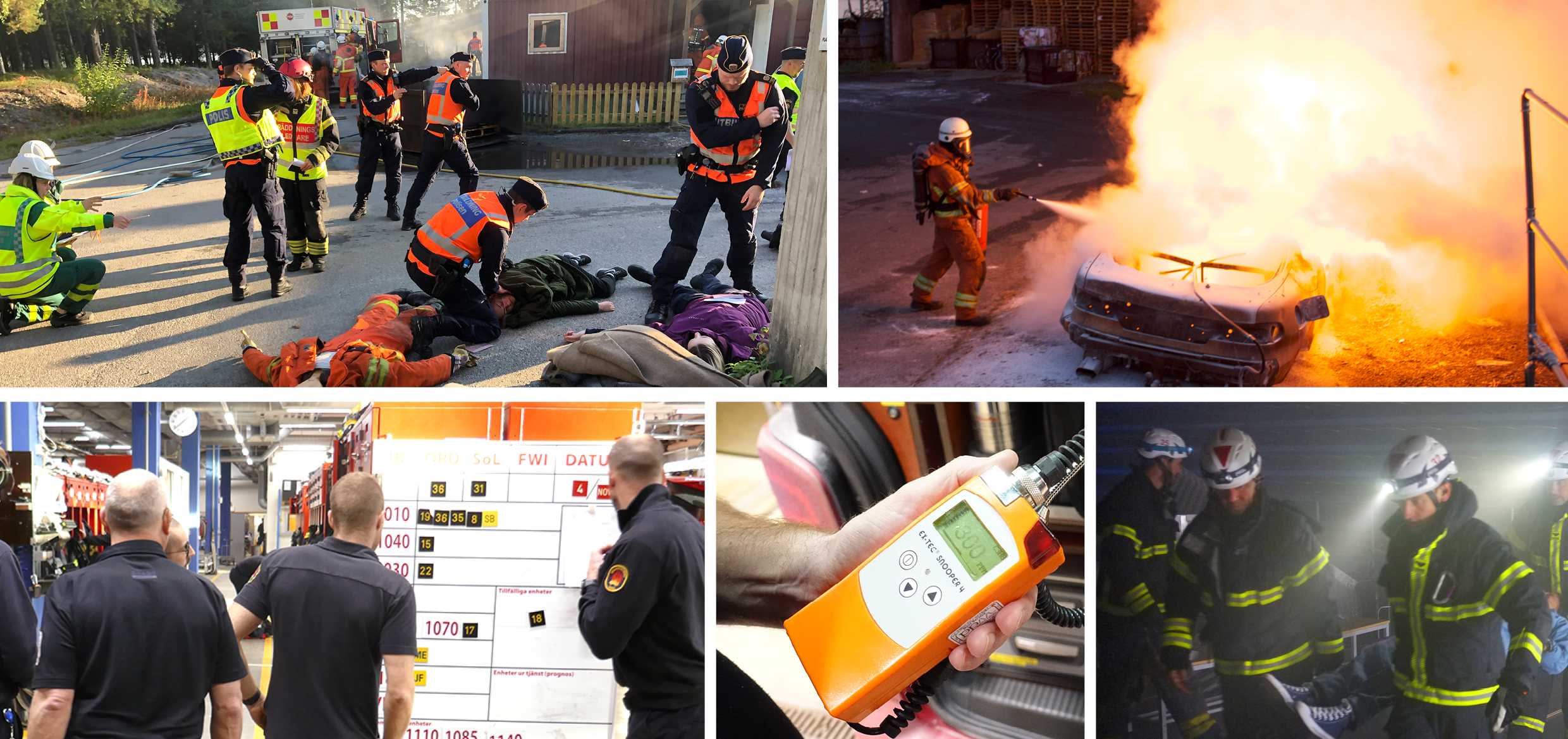
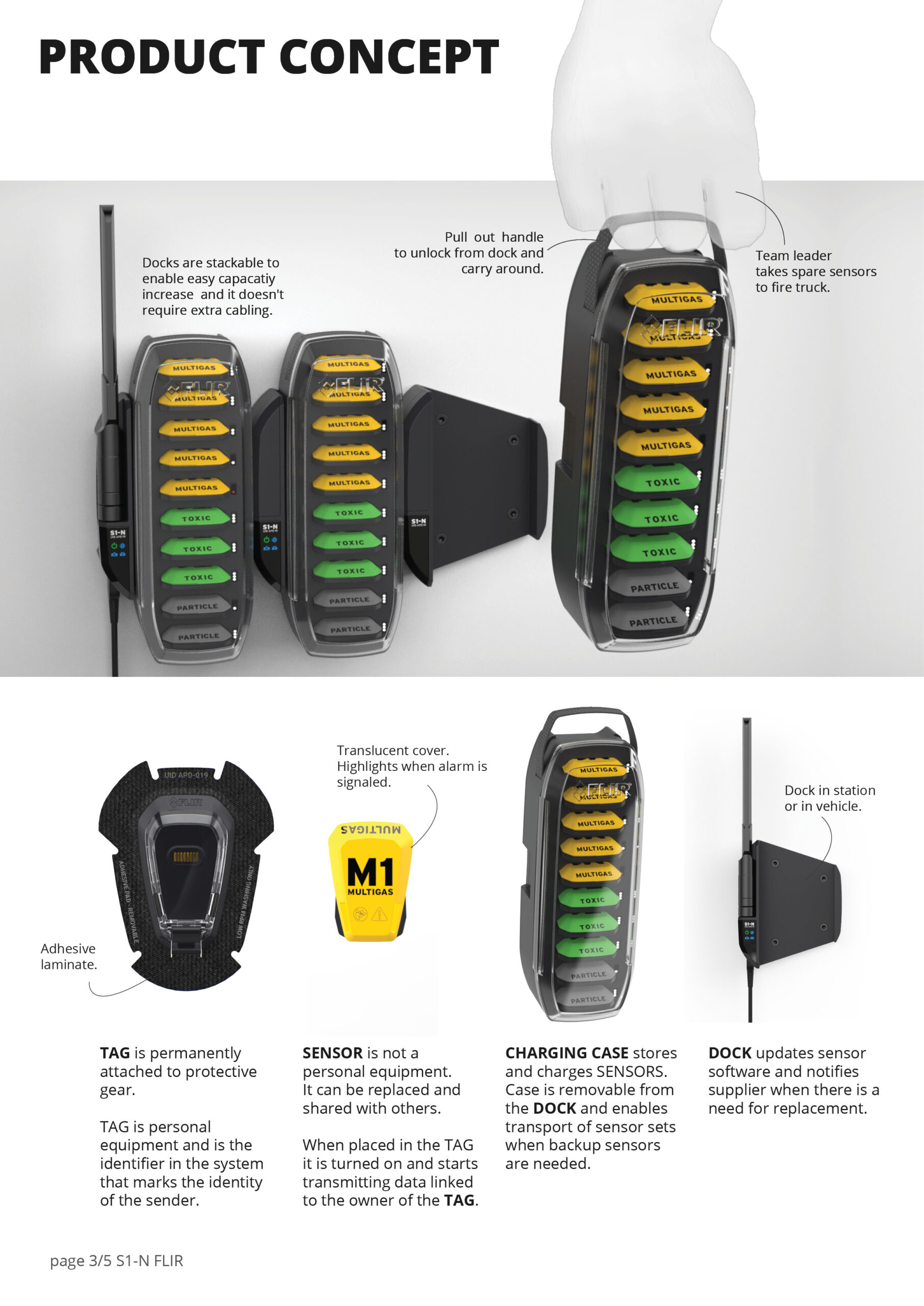
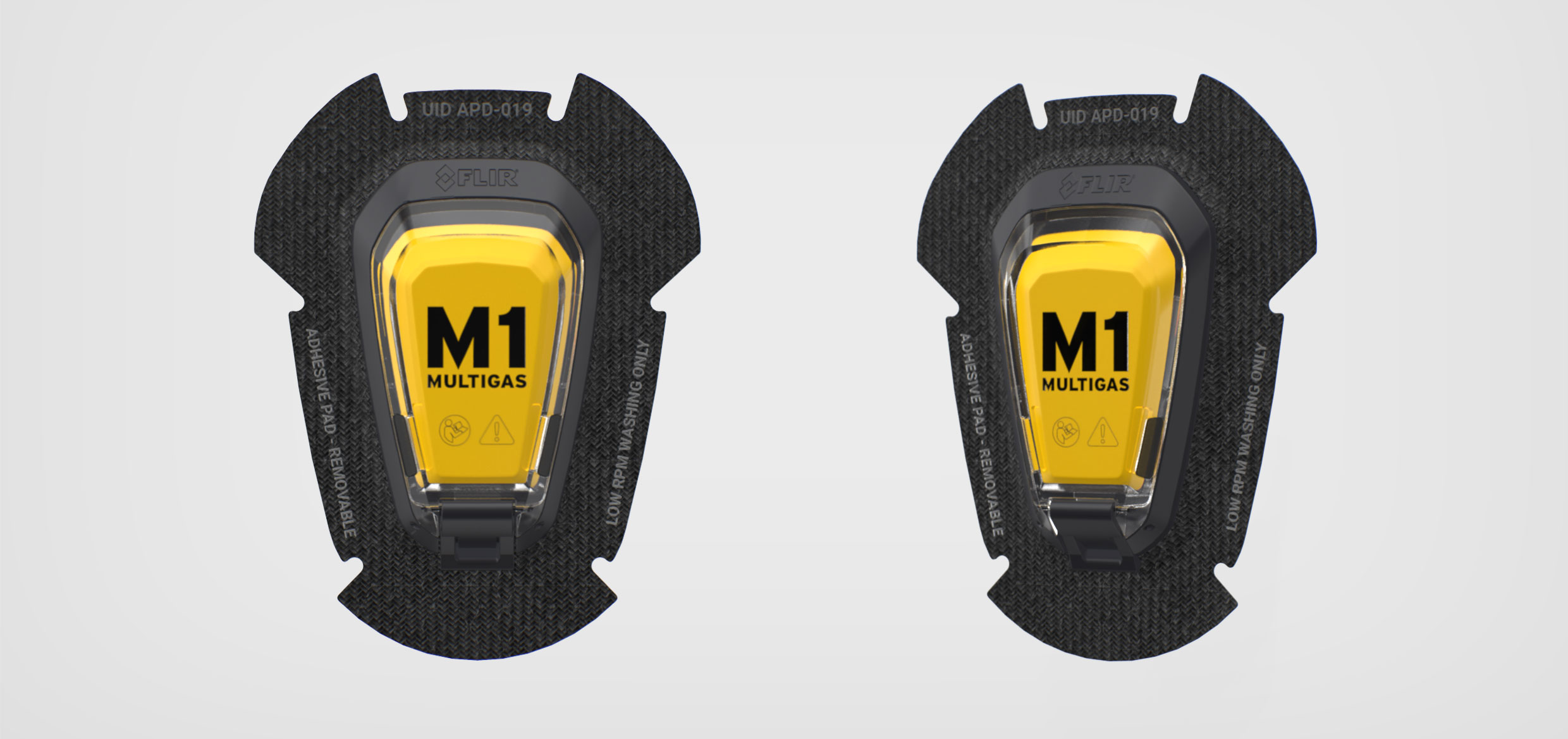
Endless possibilities to upgrade and modify parameteres that each team can monitor.
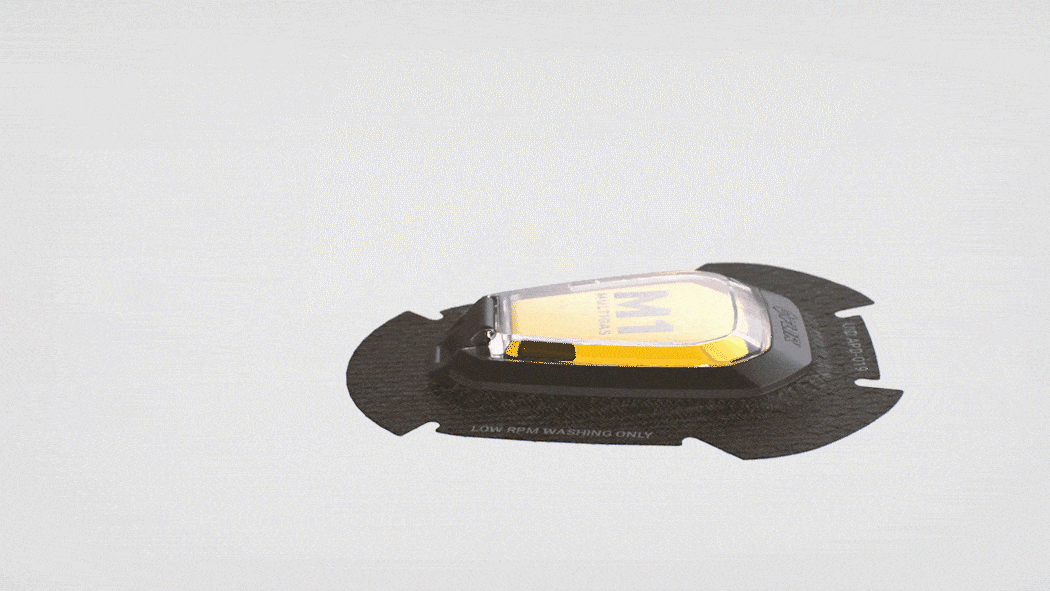
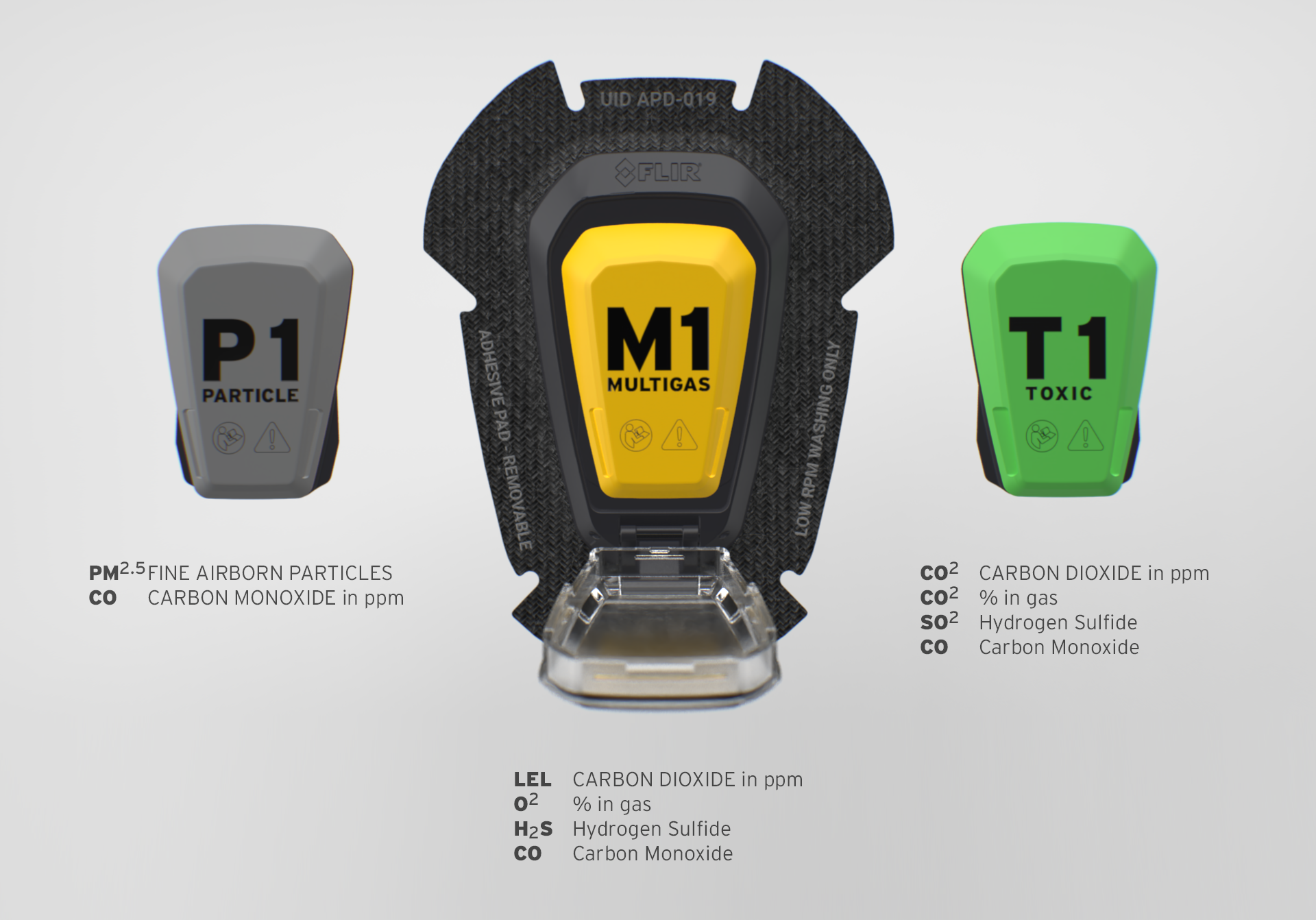
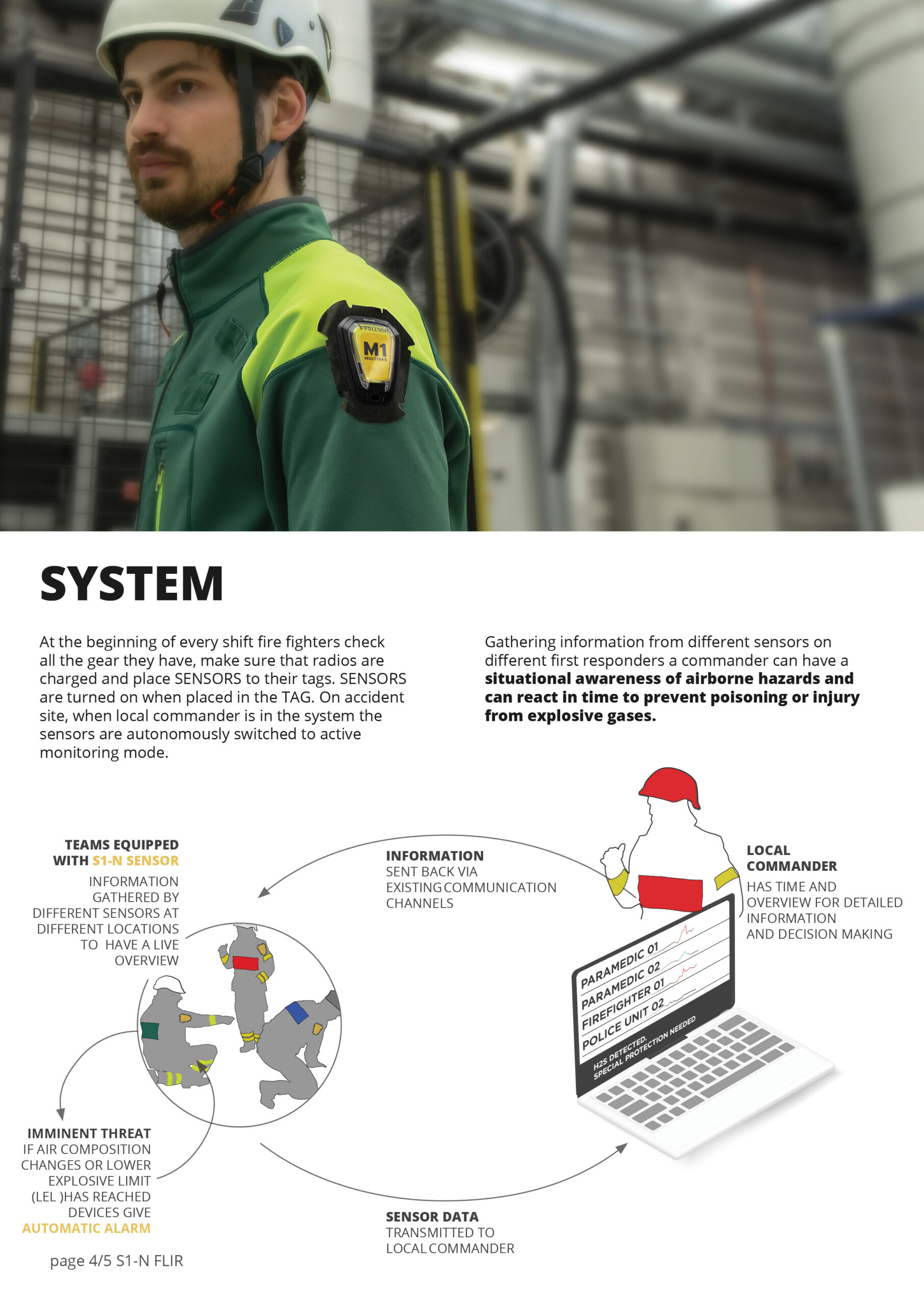
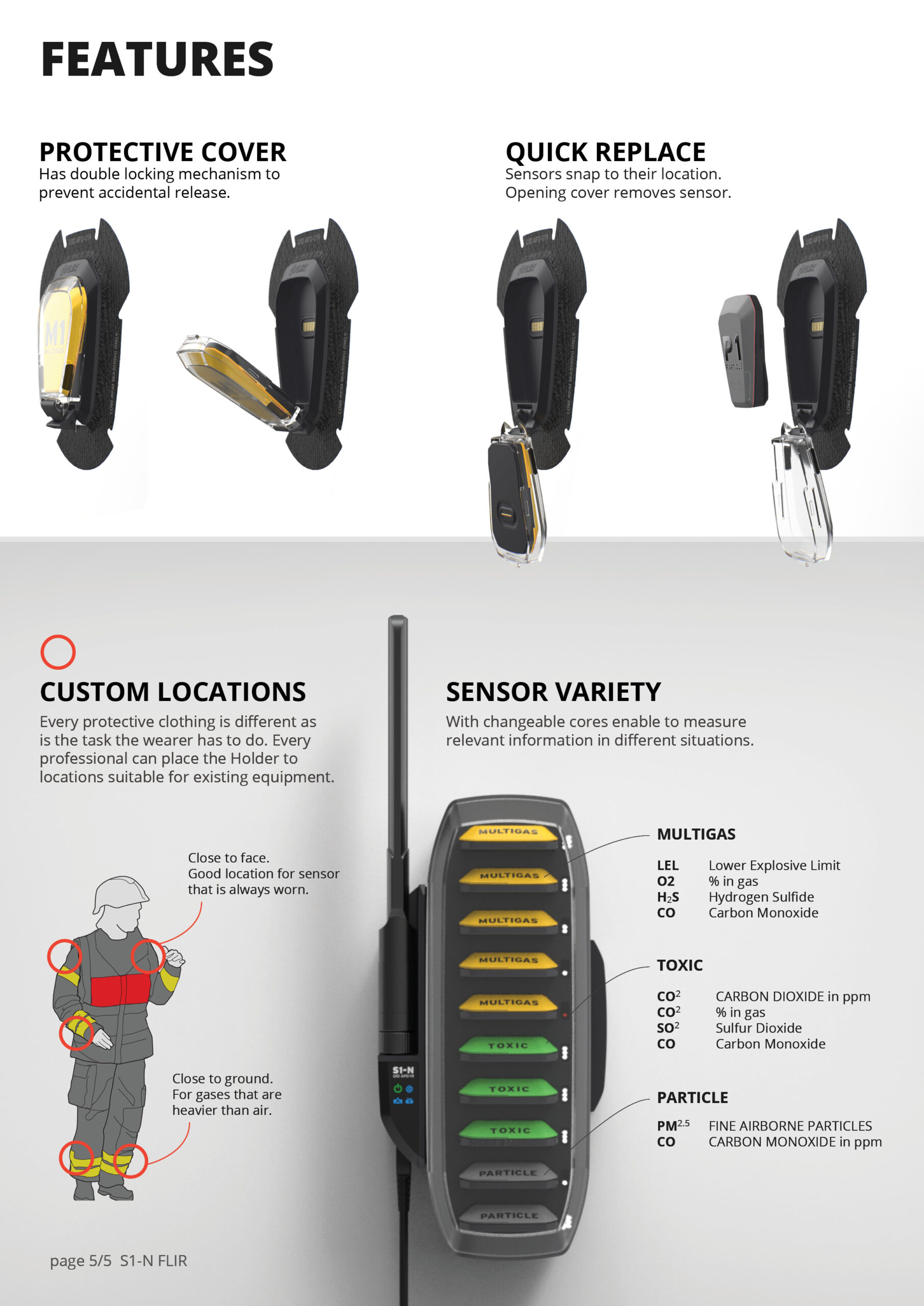
Get in touch! mihkelgysson@gmail.com
Copyright © 2021. Mihkel Güsson. All Rights Reserved